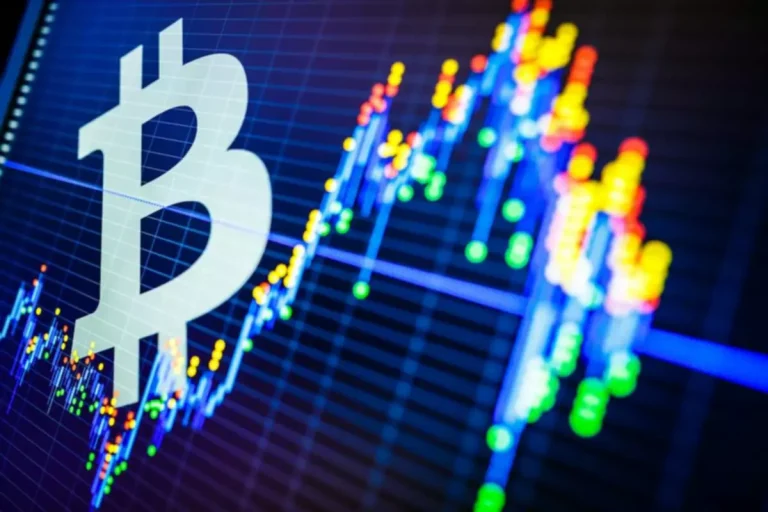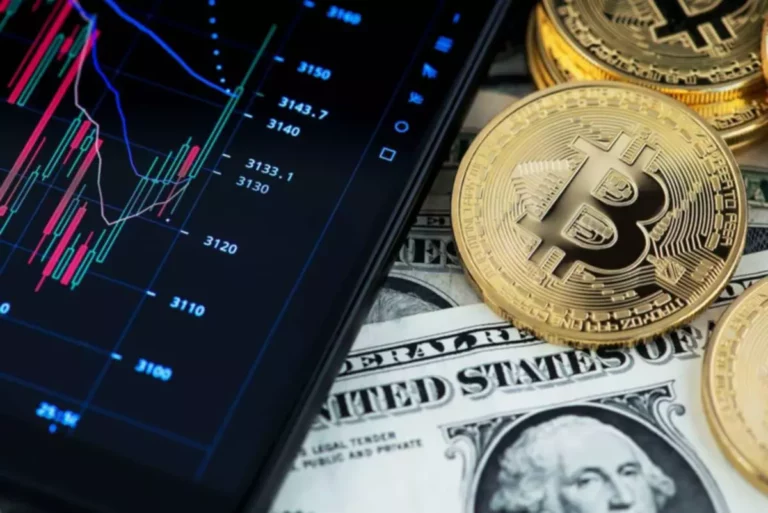Time-weighted Average Worth Wikipedia
On the opposite hand, TWAP is a trading technique that evenly distributes trades over a specified time interval. It calculates the typical value of a security primarily based on the time at which trades are executed. This signifies that TWAP does not keep in mind the volume Proof of work traded at each value stage. The objective of TWAP is to execute trades at regular intervals throughout the buying and selling day, regardless of the volume being traded. In the realm of monetary buying and selling, precision timing is not only a luxurious; it’s a necessity.
In this article, we’ll evaluate VWAP and TWAP to assist you understand their variations and decide which one may be extra appropriate in your trading wants. VWAP-based algorithmic methods are a preferred technique for executing massive orders effectively while minimizing market influence. By breaking trades into smaller components and executing them across the day according to market volume, VWAP algorithms ensure optimum trade execution and reduce the danger of affecting market prices. In implementing TWAP orders, the method varies across totally different asset classes such as stocks, bonds, and commodities as a result of variations in liquidity, market dynamics, and trading conventions. The use of TWAP (Time-Weighted Average Price) methods may differ considerably relying on the asset being traded, as elements like liquidity, volatility, and market structure can differ.

Monitoring Execution
Merchants often go for TWAP strategies when they should execute massive trades, as it allows them to distribute a big commerce into several smaller transactions over a chosen time-frame. By doing so, the substantial commerce is less more probably to dramatically alter the market price as a outcome of its dimension being dispersed across the desired period, thus selling an efficient execution. The major benefits of utilizing TWAP orders in trading strategies include constant execution, reduced market impact, and the power to execute large trades effectively over a specified time period. VWAP operates on up-to-date market information that mirrors actual market prices more carefully than its counterpart. The inherent nature of these two metrics render them ideal for particular conditions and corresponding trading methods.

It is typically employed to reduce the impact of large orders on the market by dividing them into smaller quantities and executing them at predetermined intervals over time. By averaging out the order over a set period, TWAP also can assist to reduce the chance of antagonistic market actions affecting the execution worth. This method underscores the significance of time in the calculation, because it weights the price by the time interval during which it was observed. This methodology ensures that every time interval contributes equally to the final TWAP worth, whatever the volume of trades throughout that interval. By understanding and using the VWAP, merchants can align their methods with the forces of volume and value, navigating the markets with a software that highlights the importance of quantity in worth actions. It Is a reminder that within the stock market, as in plenty of areas of life, weight matters—and on this case, it’s the weight of volume.
The primary benefit of TWAP is reducing the market impression of substantial trades by distributing them evenly over time, making it appropriate for executing massive orders without significant price disruption. The TWAP would then be calculated as the typical of these costs, resulting in ₹41.5 per share. This method algo trading examples ensures a fair average value by minimizing the influence of value volatility.
Risk Mitigation
This limitation is particularly relevant in DeFi, the place DEX protocols may function concurrently in varied variations across a number of blockchains. Due to its complete market integration, VWAP is less susceptible to manipulation by individual or financially sturdy malicious entities, together with flash mortgage assaults. To considerably impression VWAP, an adversary would need to influence the trading dynamics throughout the majority of the asset’s markets, thereby affecting the asset’s general market value. VWAP leverages knowledge from numerous trading venues, furnishing users with a value metric that more accurately mirrors the global demand and supply for the asset. This up-to-date data permits VWAP-based costs to carefully align with the prevailing market-wide asset valuation. VWAP offers a complete market worth, representing the asset’s value throughout a spectrum of trading venues, from minor to major exchanges.
The process entails averaging asset prices across specific durations, which aids merchants in making well-informed selections based mostly on stabilized pricing developments. Customization options can be found with TWAP orders, allowing traders more control based on specific buying and selling intentions or fluctuating market circumstances. Instead of unloading everything in one swift motion, take into consideration serving up your lemonade steadily over time—sell small portions consistently throughout the event. This approach can stop an oversupply that might upset demand balance and helps maintain promoting charges fixed. This enables customers to retrieve the most recent pricing knowledge for an asset to use both on-chain in a smart contract or in an off-chain application in a trust-minimized manner.

Cross Order: Fundamentals, Examples, And Prevention Strategies
- TWAP can even check with a trading technique used to execute a large-volume order by breaking it into equal elements across a set period in order to reduce slippage and signaling.
- A important perception from these metrics is recognizing the occasions of day when market liquidity peaks.
- Two well-liked trading methods are VWAP (Volume-Weighted Common Price) and TWAP (Time-Weighted Average Price).
- On the other hand, institutional traders would possibly choose VWAP to ensure their trades align with market volume, thus minimizing slippage.
- Merchants use TWAP to determine market tendencies, the place costs above or under the TWAP point out potential uptrends or downtrends.
From a method perspective, VWAP is commonly favored by those that https://www.xcritical.com/ want to “hide” massive trades among heavy volume, whereas TWAP helps hold a steady tempo when market volume may not at all times be dependable. Investments in digital assets are thought-about highly speculative investments and are topic to excessive volatility and therefore is in all probability not suitable for all traders. Every investor should think about carefully, and possibly with external advice, whether or not digital assets are suitable for them. Be Part Of 1,400+ merchants and traders discovering the secrets of legendary market wizards in a free weekly e-mail. Like all execution algorithms that reduce massive orders into multiple smaller orders, TWAP reduces both slippage and signaling risk.
VWAP, or Volume Weighted Common Worth, represents the average value of a stock weighted by the volume traded at each value point. To Reinforce danger administration with TWAP strategies, introducing variability in both order measurement and the interval between trades helps to veil trading patterns. This unpredictability mitigates vulnerability to manipulation by other gamers inside the market. Vigilant oversight of prevailing market circumstances and readiness to change one’s TWAP strategy are important practices for traders aiming to control risks adeptly. On one other notice, property which are less incessantly traded—certain kinds of bonds for example—may exhibit similarities between TWAP values and VWAP (Volume-Weighted Average Price) figures beneath regular circumstances.
Improvements in knowledge analytics technology have empowered traders with a deeper understanding of when to make use of TWAP versus VWAP methods, allowing them to tailor their approach based on prevailing market conditions. For occasion, if a trader is coping with a extremely risky market, they might choose to execute their TWAP orders over a shorter interval to reduce risk. On the other hand, in a steady market, a trader could select to spread their TWAP orders over a longer period to attenuate market impression. The capacity to customise TWAP orders to suit different eventualities underscores their versatility and effectiveness in numerous market situations.
This methodical distribution helps mitigate any sharp shifts in value that might upset the stability of the market and aids in preserving its liquidity. VWAP (Volume Weighted Common Price) and TWAP (Time Weighted Average Price) are two in style trading algorithms utilized by traders to execute giant orders in the monetary markets. Nonetheless, they differ of their approach and suitability for different trading strategies.
It effectively filters anomalies in less liquid markets vulnerable to manipulation, emphasizing regions with greater trading activity. This ensures the derivation of a market-wide price and is adaptable to liquidity shifts across different venues. Traders with the requirement of high-volume trading use TWAP to execute their orders in smaller parts when the market worth is close to the TWAP. When using TWAP orders, commonly employed danger management techniques embrace pre-trade analysis, monitoring market circumstances, setting limits, and employing algorithmic controls to mitigate potential risks. A malicious actor would want to control the entire market to have an effect on a VWAP algorithm. That’s because VWAP algorithms can incorporate all the completely different trading environments, including both CEX and DEX instances, that an asset trades on, offering more sturdy asset prices with world market protection.
WH SelfInvest serves merchants from workplaces in Germany, France, Switzerland, Belgium, Luxemburg and the Netherlands. This example is the third and ultimate section of the commerce on the SP500 proven above. The following operate calculates the VWAP for each session period and the group by grouping the session right into a single dataframe. After arriving on the TWAP, the order price is compared to decide if the security is overvalued or undervalued. If the order value is beneath the TWAP, it’s thought of undervalued, while whether it is greater than the TWAP, it’s considered overvalued.
